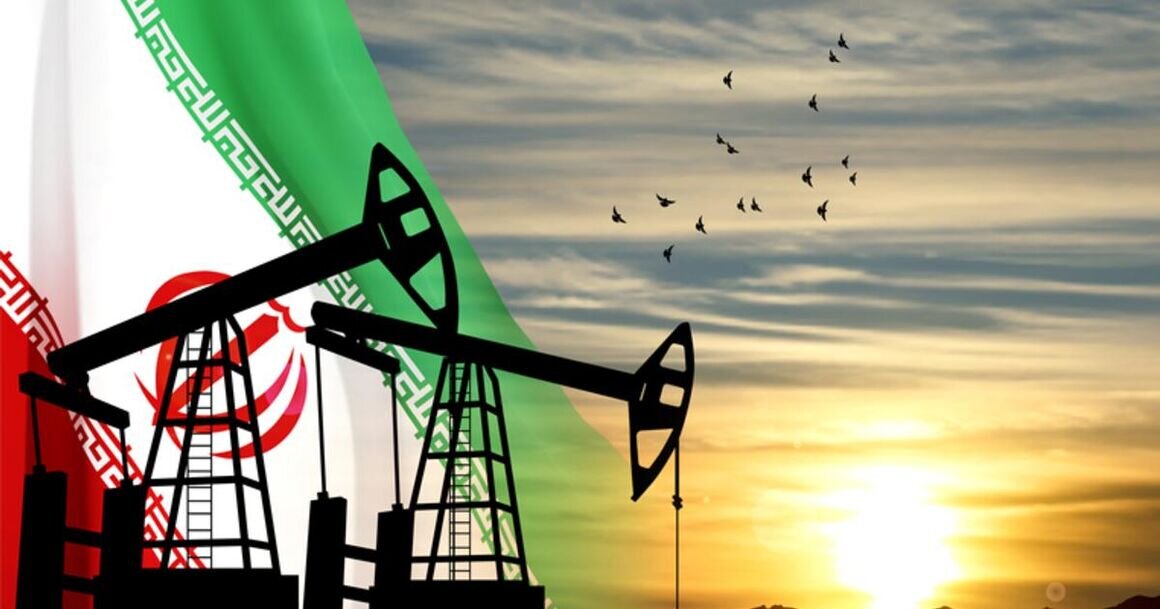Future energy perspective & investment opportunities in Iran's petroleum industry

TEHRAN- While the world continues to strive towards achieving the United Nations Sustainable Development Goals (SDGs) and is determined to shift from reliance on fossil fuels to renewable energy sources and implementing carbon reduction policies, the trilemma of energy security, climate change, and economic growth persist.
Population growth, increasing urbanization, and the need for countries to fulfill the “Right to Development” all point in the inexorable direction of significant increase in energy demand in the foreseeable future. Even the most optimistic energy outlooks indicate that by 2050, at least half of the world's energy needs will be met by oil and gas. At the same time, increase in demand in the post-COVID era, coupled with geopolitical developments and the imposition of cross-border sanctions on oil and gas exports in recent years, especially after the Russia-Ukraine War, has drawn global attention to the state of fragility of the global economy as regards energy security. The world now appears to look for a reliable increase in energy supply more than ever before. History has shown that the process of energy transition usually takes decades, if not longer. Moreover, history has also come to bear out the pattern that energy transition has seldom led to the complete elimination of an energy source from the global energy mix. Instead, a new emerging source has tended to enrich the existing energy mix. It is therefore, premature and unrealistic to assume or predict the elimination or total substitution of fossil fuels in the foreseeable future. Thus, the global energy security shall be ensured through a more realistic mix, albeit with a determined eye for incremental increase and consolidation of clean and renewable energy sources.
Turning from the global picture to the national scene, the Islamic Republic of Iran ranks as the first country in terms of the total oil and gas reserves in the world (with 157.8 billion barrels of crude oil reserves and 32.1 trillion cubic meters of natural gas reserves), has pursued a principled approach to supplying more oil and natural gas to the global market with regard to contributing to global energy access and security, as well as environmental friendliness. However, it is a sad fact that the actual realization of Iran's full potentials in contributing to the provision of energy security and alleviating energy poverty, especially in energy-poor African and Asian countries with over a billion people suffering from energy poverty, can only be achieved through the lifting of unilateral sanctions imposed on the Iranian economy, including on the energy sector. These unilateral sanctions have hampered and slowed down the development process of the oil industry in various areas, including inadequate investment in clean energy technologies and or the desired level of participation in international climate agreements.
Nevertheless, despite the unilateral sanctions imposed by the United States, Iran has managed to achieve significant progress by relying on its domestic capabilities and the development of foreign markets. That said, the unfolding developments in the world energy system makes it imperative for Iran to predict and plan for a more robust and secure future for our oil industry. The Ministry of Petroleum, energized by the new administration Dr. Pezeshkian, is set to actualize the full potentials of the country’s oil industry based on an approach and policy premised on active engagement and mutually beneficial cooperation with all actors, close and far. Premised as such, Iran's 110-year-old oil industry, relying on its abundant skilled human capital and extensive infrastructure, is suitably set to welcome a wide spectrum of cooperation from international companies and organizations such as OPEC, GECF and IEF, willing to engage with Iran in various areas of the industry, including in the area of investment.
Active collaboration with our petroleum industry could include such areas as exploration, enhanced oil recovery, and development of oil and gas fields under innovative, diversified and attractive contracts which has been implemented in oil and gas producing countries, development of joint oil and gas fields with the neighboring countries through unitization, construction and upgrading of oil and gas refineries, construction of petrochemical complexes, reduction of flared gas, reduction of energy losses in the production, transmission, and distribution of oil, gas, and petroleum products, production of blue hydrogen, construction of liquefaction plants, and construction of subsea gas export pipelines.
Given the high reserve-to-production (R/P) ratio of oil and gas in Iran (140 years for oil and 128 years for gas), investment opportunities in Iran's oil and gas sector offer profitable opportunities for the wide range of parties interested in engaging with Iran in the coming years. Finally, Iran is in a position to export technical and engineering services and participate in oil, gas, refining, and petrochemical projects in other countries, in our neighborhood and beyond.
Leave a Comment